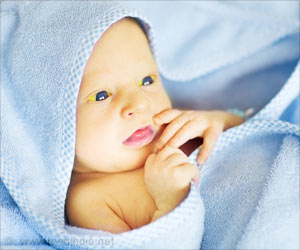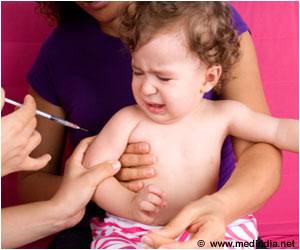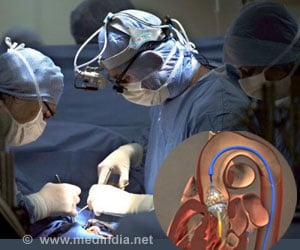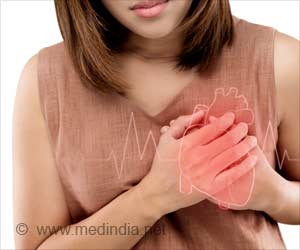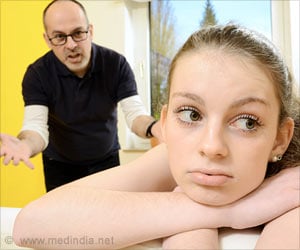A human embryo survives during the first days after fertilisation. Embryos can only be detected about one week after fertilisation, as they implant into the womb.

"Trying to determine whether a human embryo survives during the first days after fertilisation is almost impossible," says Dr Jarvis.
"A woman can only suspect that she is pregnant, at the earliest, two weeks after fertilisation, when she misses a period. Using sensitive laboratory tests, embryos can be detected as they implant into the womb about one week after fertilisation. What happens before then under natural circumstances is anyone's guess."
In 1938, two doctors in Boston, Dr Arthur Hertig and Dr John Rock, became the first people to see a human embryo when they examined wombs removed from women during surgery. They estimated that a half of human embryos die in the first two weeks after fertilisation. However, Dr Jarvis's re-analysis of this data shows that this figure is so imprecise as to be of little value.
"I think it is fair to say that their data show that embryos can and do fail at these early stages, and also that many do just fine, but we could say that even without the data," he adds. "Hertig's samples, whilst descriptively informative, are quantitatively unhelpful. It doesn't take us much further than where we would be without the data."
Pregnancies are also lost after the first two weeks and currently published estimates of total embryo loss from fertilisation through to birth range from less than 50% to 90%. Embryo mortality of 90% implies that only 10% of embryos survive to birth, implying that human reproduction is highly inefficient.
Advertisement
At this point the hormone hCG, which is used in regular pregnancy tests, becomes detectable. Among implanting embryos, about one in five fail very soon and the woman will have a period at about the expected time, never suspecting that she conceived.
Advertisement
Modern reproductive technologies have enabled fertilisation to be observed directly in the laboratory. Poor survival of in vitro embryos may have contributed to the pessimistic view about natural human embryo survival, says Dr Jarvis.
"Fertilising human eggs and culturing human embryos in the laboratory is not easy. A large proportion of eggs fertilised in vitro do not develop properly even for a week. Of those that do and are transferred into women undergoing IVF treatment, most do not become a new-born baby."
This failure of in vitro embryos may reflect the natural situation. Alternatively, the artificial environment of reproductive treatments may contribute to the high failure rate of IVF embryos. Dr Jarvis's re-analysis of the data suggests that the latter is the case.
"It's impossible to give a precise figure for how many embryos survive in the first week but in normal healthy women, it probably lies somewhere between 60-90%. This wide range reflects the lack of relevant data. Although we can't be precise, we can avoid exaggeration, and from reviewing the studies that do exist, it is clear that many more survive than is often claimed," concludes Dr Jarvis.
Source-Eurekalert


